Going Goaty, Part II: Angel Biscuits
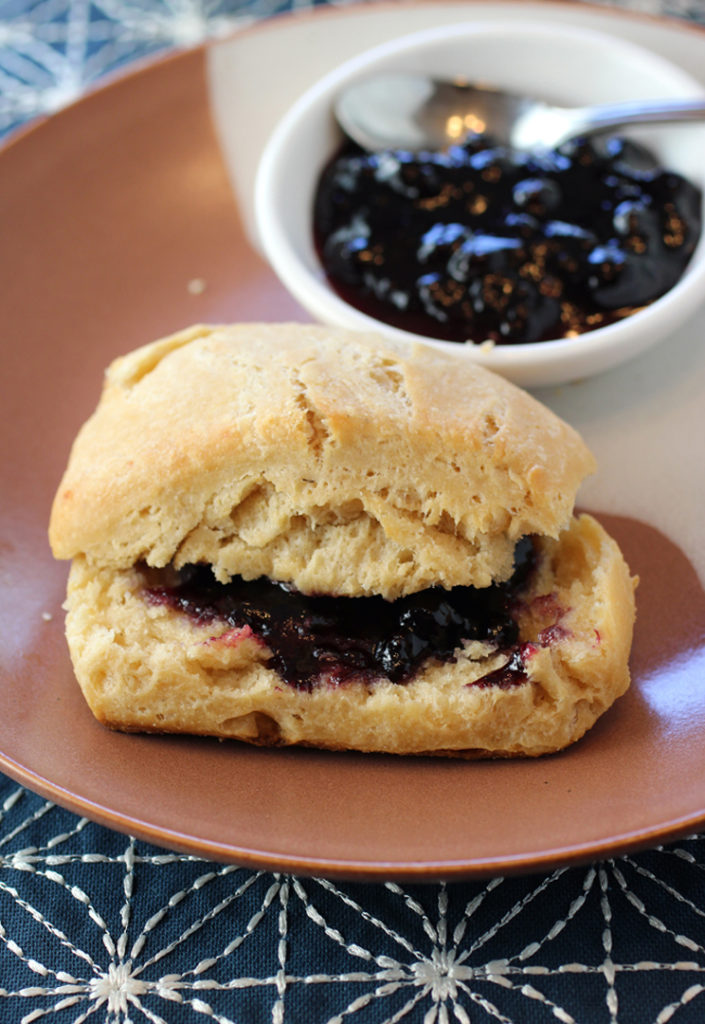
Yeast in bread. Yeast in cinnamon rolls. Yeast in sticky buns.
But yeast in biscuits?
Yes, apparently so.
The unusual “Angel Biscuits” is from “Muffins & Biscuits: 50 Recipes to Start Your Day with a Smile” (Chronicle Books, 2017) by Heidi Gibson, owner of the American Grilled Cheese Kitchen in San Francisco.
These old-fashioned biscuits, Gibson writes in the book, used to be called “Bride’s Biscuits” — OK, yes, in a rather sexist way — because it was thought that not even just-married women new to cooking could screw them up.
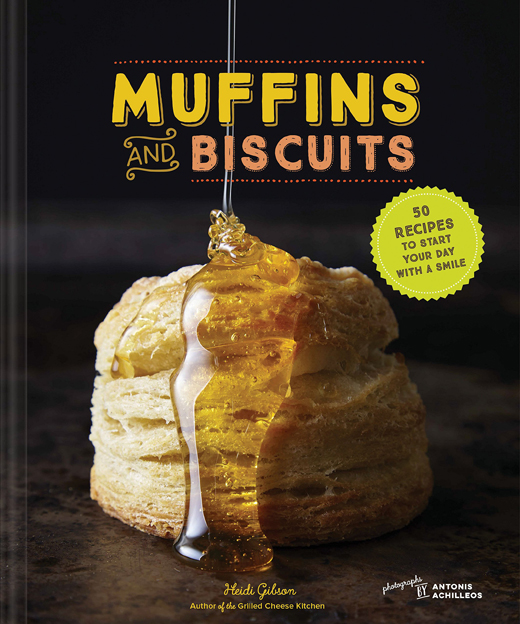
That’s because these biscuits have not only baking powder and baking soda in them, but active dry yeast, as well. With three leaveners, it’s nearly guaranteed these puppies will indeed rise.
The dough also incorporates a cup of buttermilk, plus a stick of butter. I actually used goat milk butter from Meyenberg, plus Redwood Hill Farm kefir in place of the buttermilk, both of which I had received as samples.
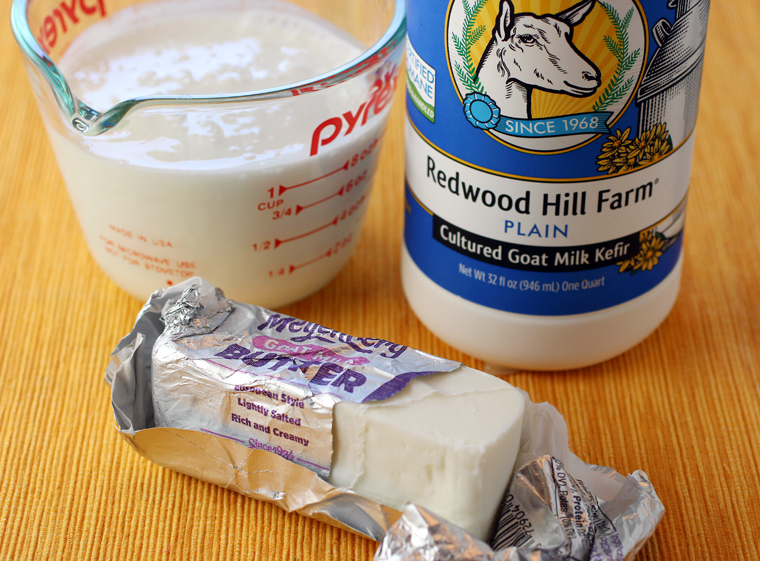
The goat milk butter has a lower melting point than cow’s milk butter, so it has the ability to coat flour better, making for greater flakiness. The kefir, a fermented milk akin to a drinkable yogurt, can be easily used in place of buttermilk in most any recipe. Both the butter and kefir are rich yet mild tasting.
Once the dough is made, you need to refrigerate it for at least 2 hours or preferably for 24, meaning you can’t make these biscuits quite as spur of the moment as others.
Something remarkable does happen if you let the dough rest in the fridge overnight like I did. The addition of yeast doesn’t necessarily mean you end up with skyscraper-grazing biscuits. These are modest in height. But the yeast, left to develop in the dough for that many hours, gives these biscuits a deeper, complex flavor — almost the taste of fine bread in biscuit form.
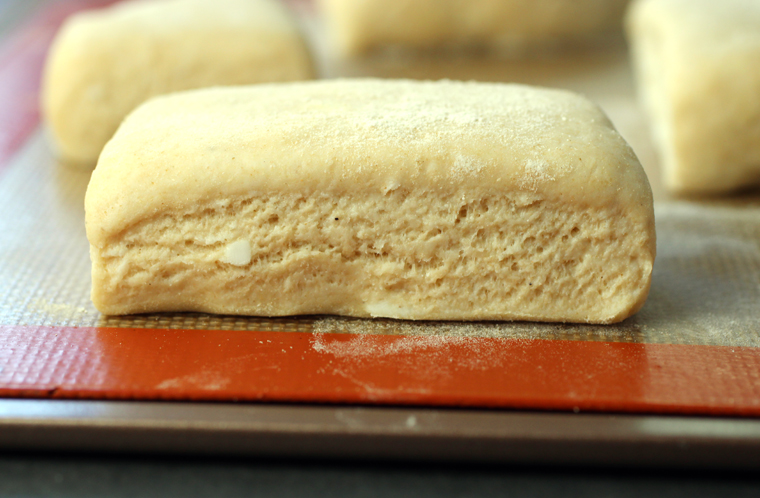
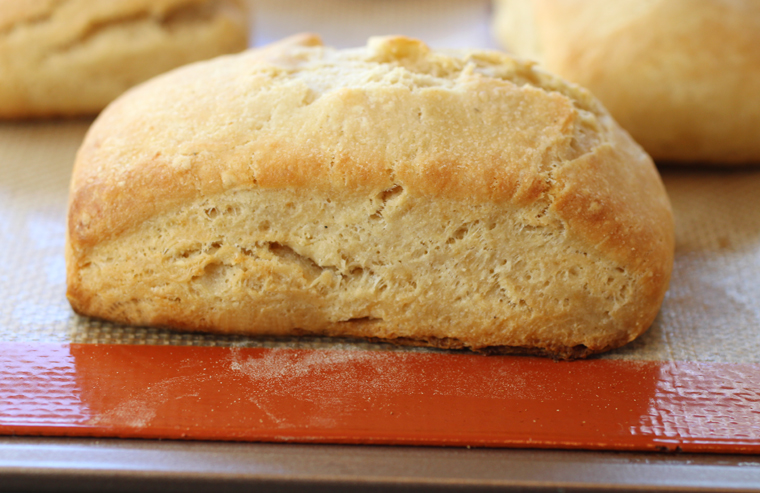
The biscuits bake up with golden exteriors, with their tops and bottoms crisp and flaky, and their interiors extremely light, airy, and fluffy.
You can cut the biscuits out in traditional rounds with a biscuit cutter. I opted to cut them more free-form with a knife into 10 rectangular ones, giving them the perfect size and shape for mini sandwiches, if you like. Slather them with butter and honey, butter and jam, or pepper jelly. Or snuggle in a slice of ham or prosciutto or a even some creamy chicken liver mousse.
Let these Angel Biscuits take flight — straight into your mouth.
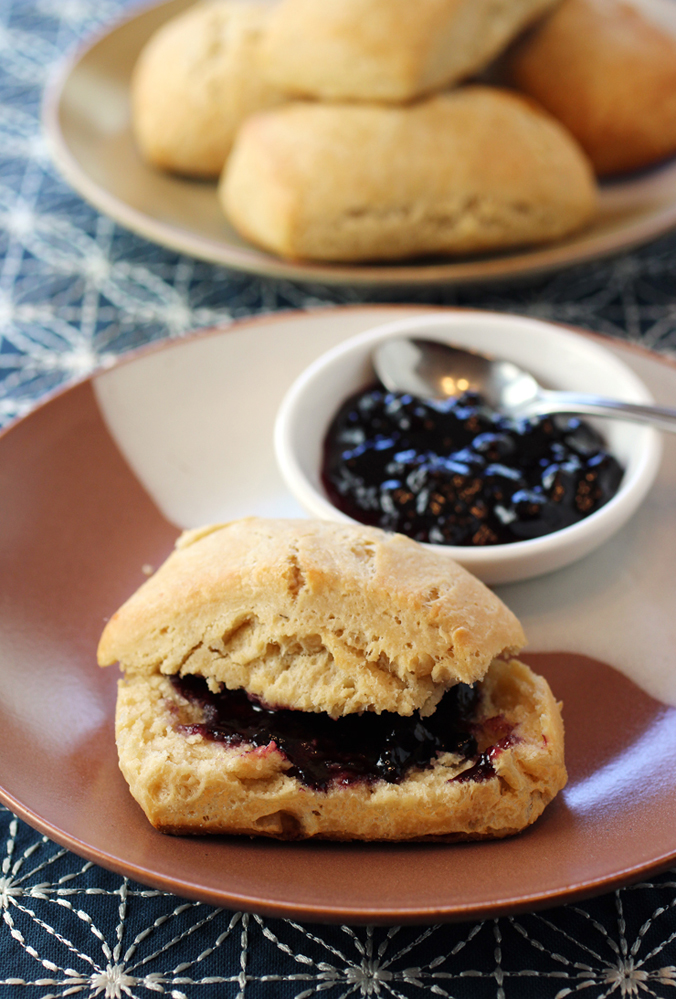
Angel Biscuits
(Makes Ten 2-inch biscuits)
1/2 cup all-purpose cold unsalted butter, cut into 1/4-inch cubes, plus 2 tablespoons, melted and cooled
2 cups all-purpose flour
2/3 cup cake flour
2 tablespoons sugar
1 1/4 teaspoon active dry yeast (not instant)
1 tablespoon baking powder
1/2 teaspoon baking soda
2 teaspoons kosher salt
1 cup plus 2 tablespoons buttermilk or kefir
Put the butter cubes in a small bowl, cover with plastic, and chill in the freezer for 10 minutes while you prepare the other ingredients. In a large bowl, whisk together the all-purpose flour, cake flour, sugar, yeast, baking powder, baking soda, and salt
Remove the butter from the freezer and scatter the butter cubes over the flour mixture. Cut the butter into the flour with a pastry cutter or two knives until the mixture resembles a coarse meal but chunks of butter are still visible. (Alternatively, put the flour mixture and butter in the bowl of a food processor fitted with the metal blade and cut the butter into the flour mixture with about five 1-second pulses, and then return the mixture to the larger bowl.) Make a well in the center of the mixture, pour in the cold buttermilk or kefir, and use a wooden spoon or rubber spatula to stir just until the dough comes together, scraping down the sides of the bowl as needed. The dough should be shaggy and a little sticky.
Turn the dough out onto a well-floured board or countertop and knead gently with floured hands, about 20 times, folding it back onto itself and rotating the ball one-quarter turn (90 degrees) each time, until the dough is fairly smooth. Return the dough to the mixing bowl, cover tightly with plastic wrap, and refrigerate for at least 2 hours or up to 2 days.
Preheat the oven to 400 degrees. Line a baking sheet with parchment or coat with nonstick cooking spray.
Remove the bowl from the refrigerator and turn the dough out onto a lightly floured cutting board or countertop. With a rolling pin or with your hands, roll or pat the dough out into a 3/4-inch-thick disk. Using a biscuit cutter dipped in flour after each cut, cut out as many biscuits as you can. Then gather the scraps, gently press them together, and re-roll to cut out as many additional biscuits as possible. (Alternatively, using a sharp knife dipped in flour after each cut, cut the dough into ten 2-inch squares.) Transfer the biscuits to the prepared baking sheet, placing them at least 1 inch apart. Cover with a kitchen towel and let rest for 30 minutes at room temperature so the biscuits can rise and the dough relaxes; this will help the biscuits keep their shape while baking.
Brush the biscuits with the remaining 2 tablespoons melted butter. Bake until puffed and golden brown, rotating the baking sheet halfway through, about 12 minutes.
Transfer the biscuits to a wire rack to cool for 5 minutes. If you are not serving the biscuits right away, wrap them tightly in plastic or place them in a resealable bag and store in the freezer for up to 1 month. To serve, place the biscuits on a baking sheet and warm in a preheated 400-degree oven for 5 minutes.
Adapted from “Muffins and Biscuits” by Heidi Gibson
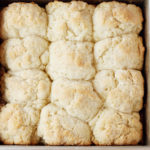
More Heidi Gibson Recipes to Enjoy: Cathead Biscuits
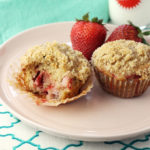
Plus: Balsamic Strawberry Muffins
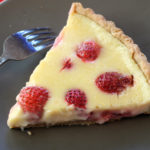
What Else To Use Kefir For: Strawberry Buttermilk (Or Kefir) Tart

Biscuits? Yes, please. This really is an angelic looking recipe. 🙂
These would be good as a base for strawberries and whipped cream.